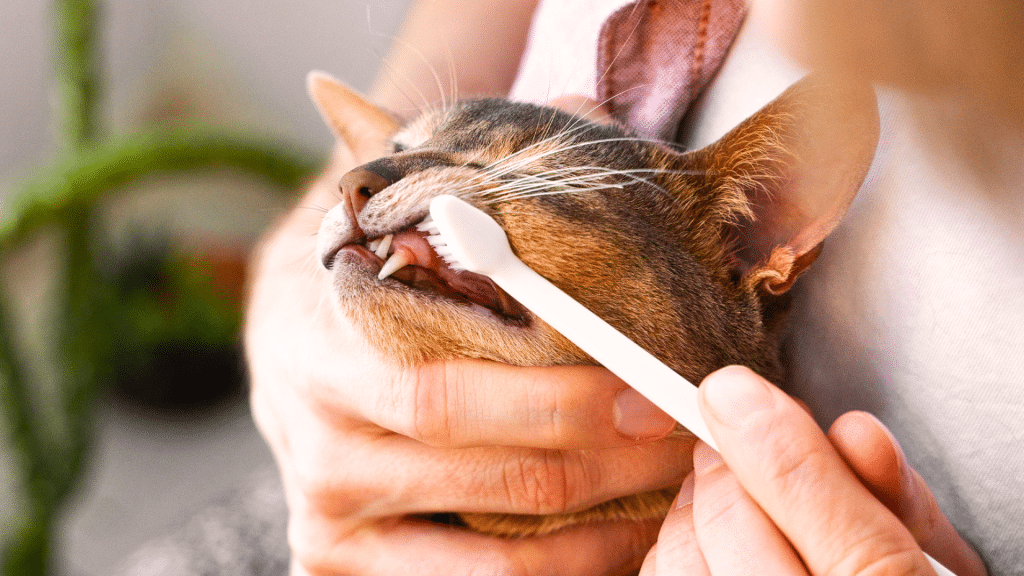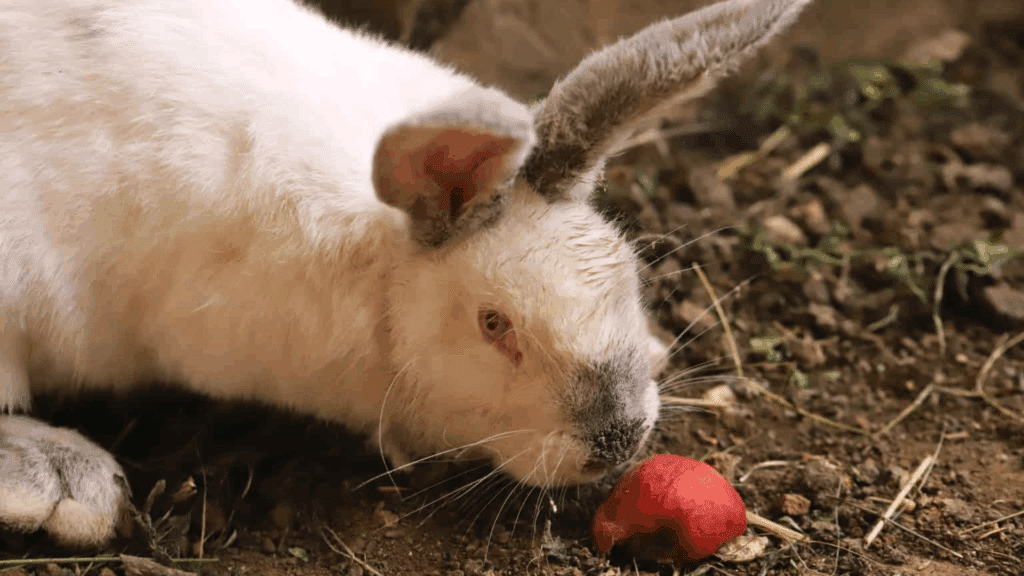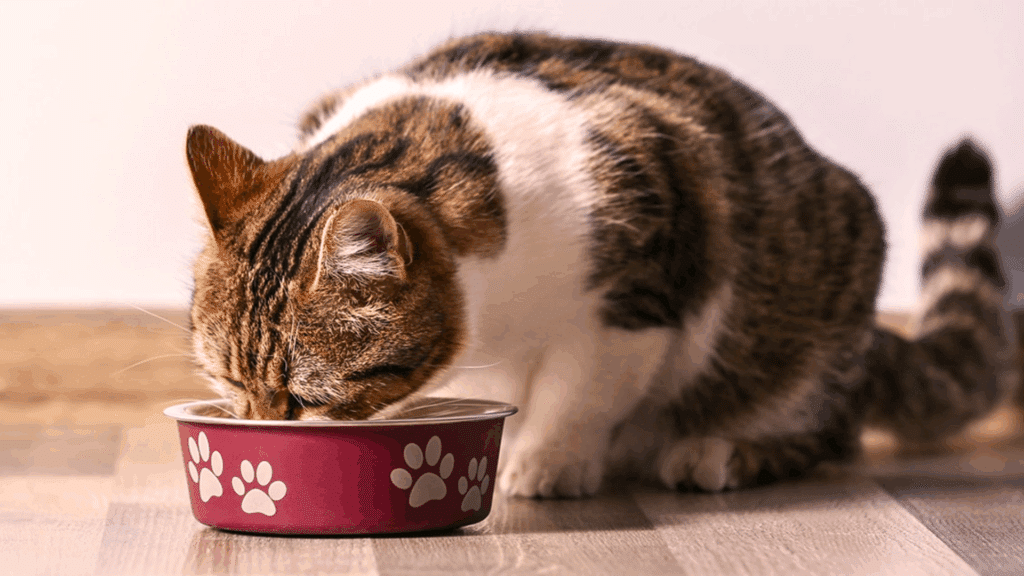Brushing your cat’s teeth is essential for maintaining their overall health, yet many pet owners overlook it.
Cats are prone to dental issues like tartar buildup, gingivitis, and bad breath, which can lead to pain, infections, and costly veterinary care.
Fortunately, brushing a cat’s teeth is a manageable routine with the right approach, tools, and patience.
In this guide, we’ll cover everything from how to brush a cat’s teeth safely to understanding the best brushing techniques and answering common questions like how often I should brush my cat’s teeth.
By following simple, step-by-step instructions and creating a calm, positive experience for your cat, you can prevent dental problems before they start, ensure fresher breath, and promote your feline friend’s long-term well-being.
Why Brushing Your Cat’s Teeth Is Important?
Just like people, cats need clean teeth to stay healthy. Brushing your cat’s teeth helps stop bad stuff like plaque and tartar from building up.
If you don’t brush, your cat can get tooth pain, gum disease, and bad breath. Some cats might even have trouble eating because their mouth hurt.
Cleaning your cat’s teeth regularly can keep their mouth healthy and their teeth strong. It also helps them live longer and feel happier.
Even though cats might not like brushing at first, starting slow and being gentle can make it easier. Taking care of their teeth is a simple way to keep your furry friend healthy.
Understanding Your Cat’s Oral Health
Your cat’s mouth is very important for their overall health. Healthy teeth and gums help your cat eat, play, and stay happy.
Cats can hide pain, so it’s important to know what is normal for their mouth. Looking after their oral health can prevent problems like tooth decay, gum disease, and infections.
Brushing their teeth, giving dental treats, and regular vet check-ups all help keep their mouth healthy.
Understanding what affects their teeth, like age, breed, and diet, makes it easier to care for them. Paying attention to your cat’s oral health helps them stay strong, active, and comfortable for many years.
Choosing the Right Brush for Brushing Your Cat’s Teeth
Brushing your cat’s teeth is easier when you have the right brush. A soft, small cat toothbrush is best because it fits comfortably in their mouth.
You should never use human toothpaste, as it can make cats sick. Instead, use cat-safe toothpaste that tastes good to them, like chicken or fish flavor.
Some cats also like dental wipes or finger brushes, which can be easier if they don’t like a regular toothbrush. These tools help remove plaque and keep their gums healthy.
Choosing the right tools makes brushing less stressful for both you and your cat. With the right care, your cat’s teeth can stay strong and healthy for life.
Preparing Your Cat for Toothbrushing
Brushing your cat’s teeth can be tricky at first, but preparing them slowly helps a lot. Before you start, make sure your cat feels safe and calm.
Here are some easy steps to get ready:
- Create a calm environment: Choose a quiet, comfortable spot without loud noises or distractions.
- Get your cat comfortable with handling: Gently touch their mouth, cheeks, and paws so they get used to being handled.
- Introduce the toothbrush and toothpaste gradually: Let your cat sniff and lick the cat-safe toothpaste, and slowly show them the toothbrush before trying to brush.
With patience and practice, your cat will get used to brushing, keeping their teeth and gums healthy.
Step-by-Step Guide to Brushing Your Cat’s Teeth
Brushing your cat’s teeth may seem tricky, but with patience, it can become a calm and easy routine. Following the right steps keeps your cat’s mouth healthy and helps prevent dental problems.
Step 1: Start Slowly and Get Your Cat Used to Mouth Handling
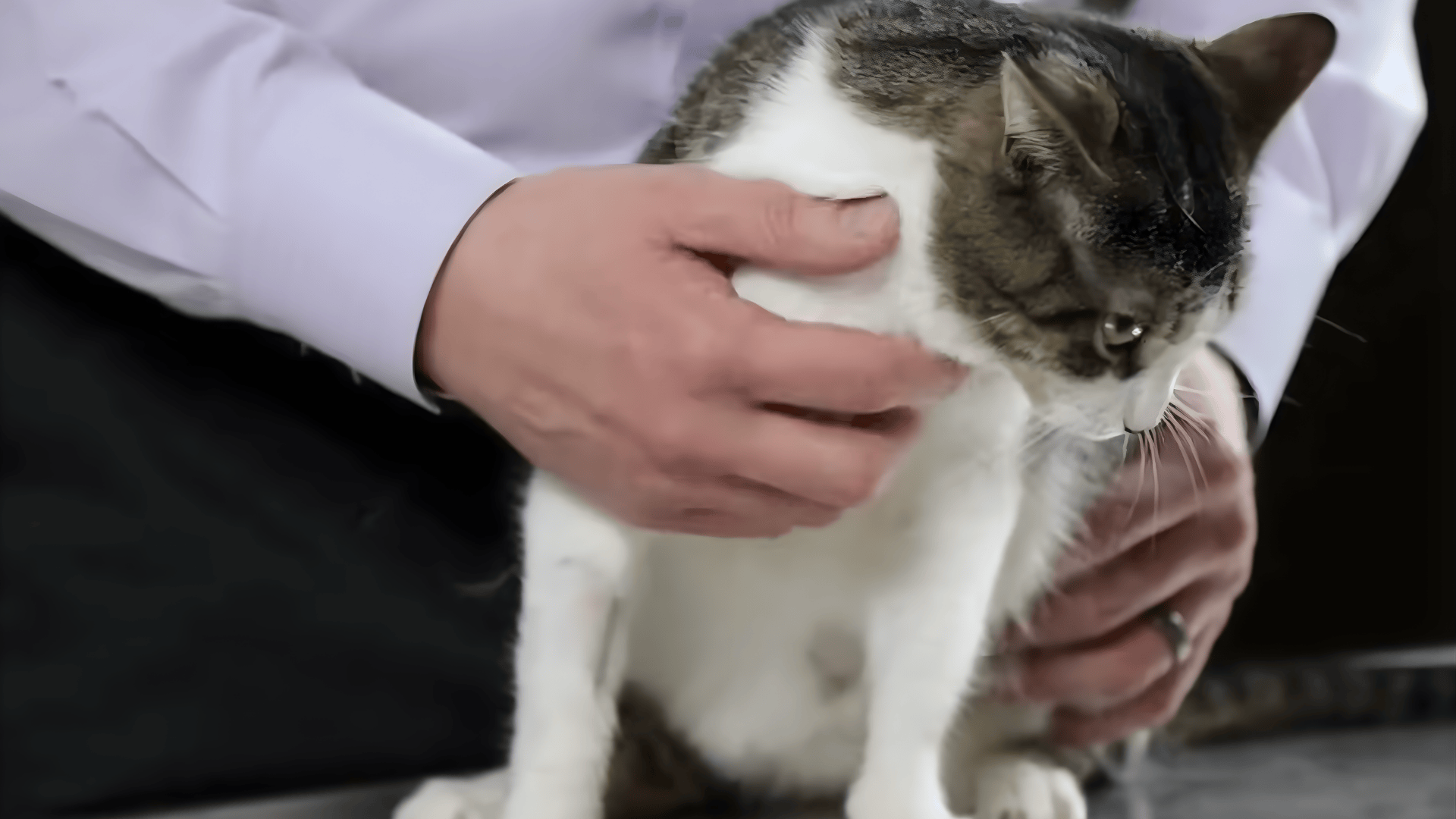
Before brushing, your cat needs to get used to having its mouth touched. Begin by gently feeling around the lips and mouth. Approach from above rather than face-first to avoid scaring your cat. Watch their reactions carefully—if your cat seems stressed or aggressive, stop and try again later.
This slow introduction helps build trust, reduces the risk of bites, and prepares your cat for the next stages of dental care without causing fear or discomfort.
Step 2: Introduce Cat-Safe Toothpaste
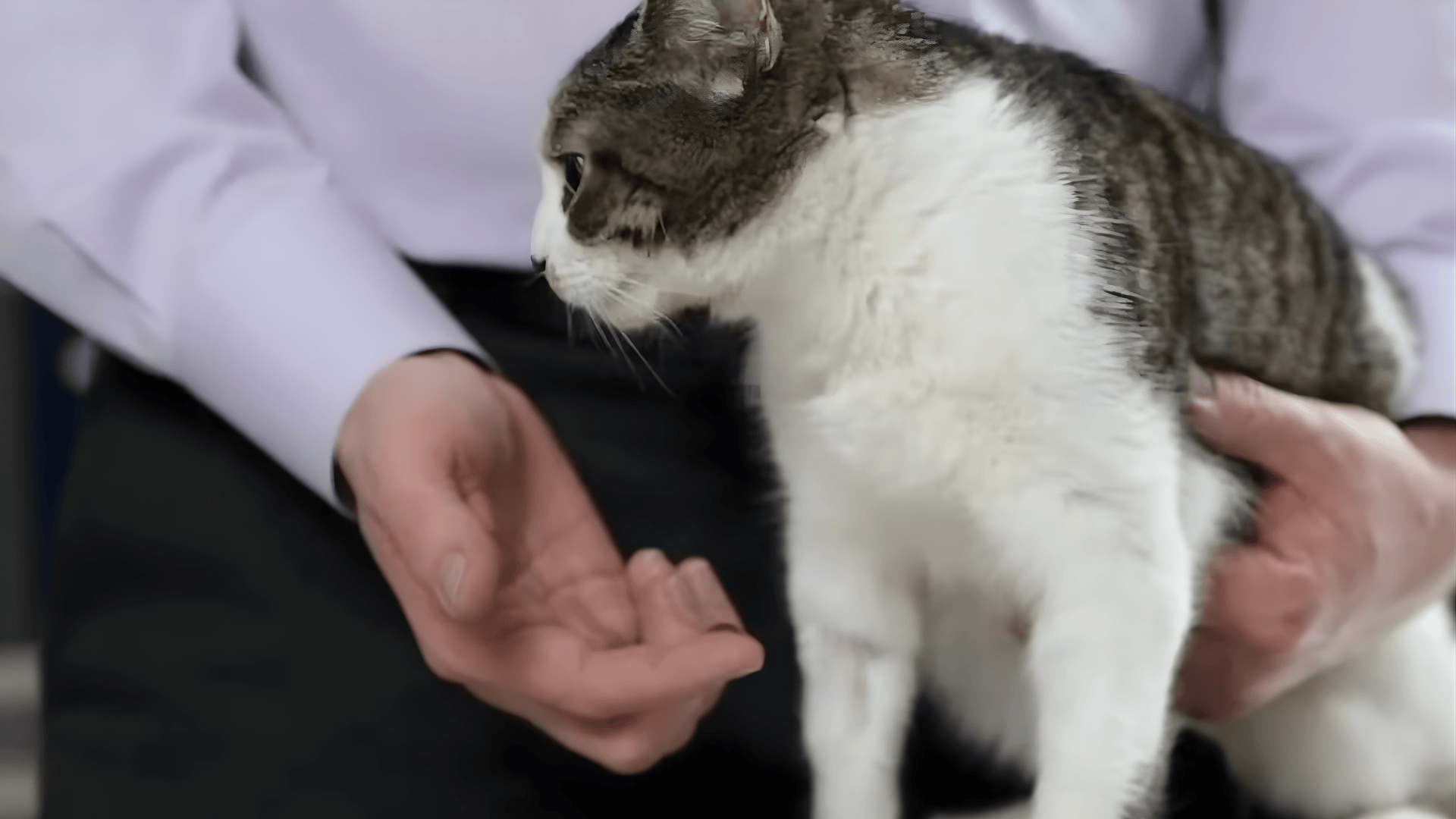
Next, put a small amount of cat-safe toothpaste on your finger and offer it to your cat. Let them lick or taste it naturally to see if they like the flavor.
Repeat this several times over a few days. This step familiarizes your cat with the toothpaste and makes brushing easier later. Never use human toothpaste, as it can be harmful to cats. Positive experiences now set the stage for smooth brushing in the future.
Step 3: Finger Rubbing the Teeth
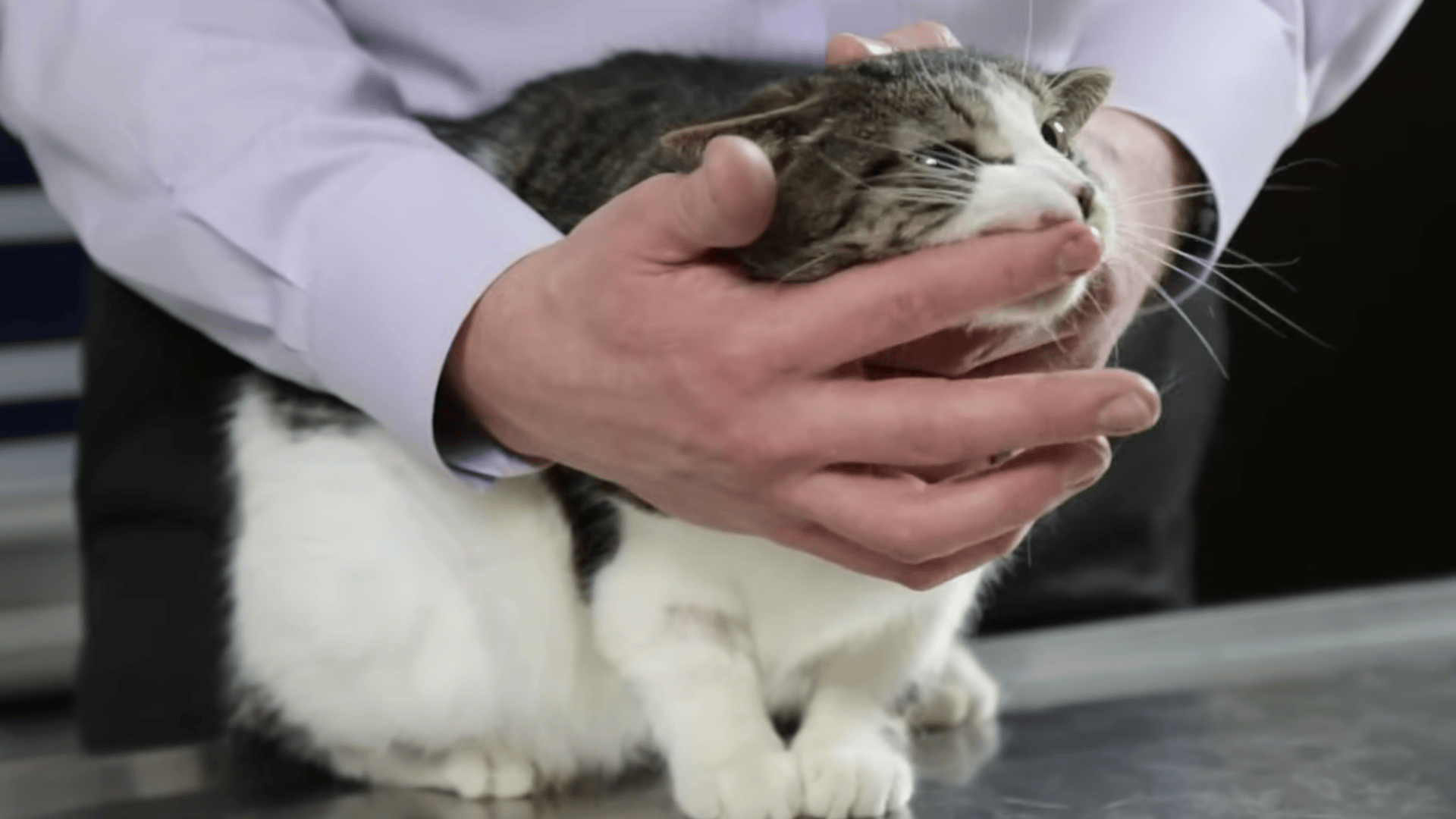
Once your cat accepts the toothpaste, start rubbing the outside of their teeth with your finger. Focus on the sides of the teeth where tartar usually builds up. Keep the mouth mostly closed to reduce frustration.
Hold your cat gently by supporting the head and jaw for control. Doing this for several days helps your cat get used to the sensation, making the eventual use of a toothbrush much less stressful and easier to manage for both you and your cat.
Step 4: Transition to a Toothbrush
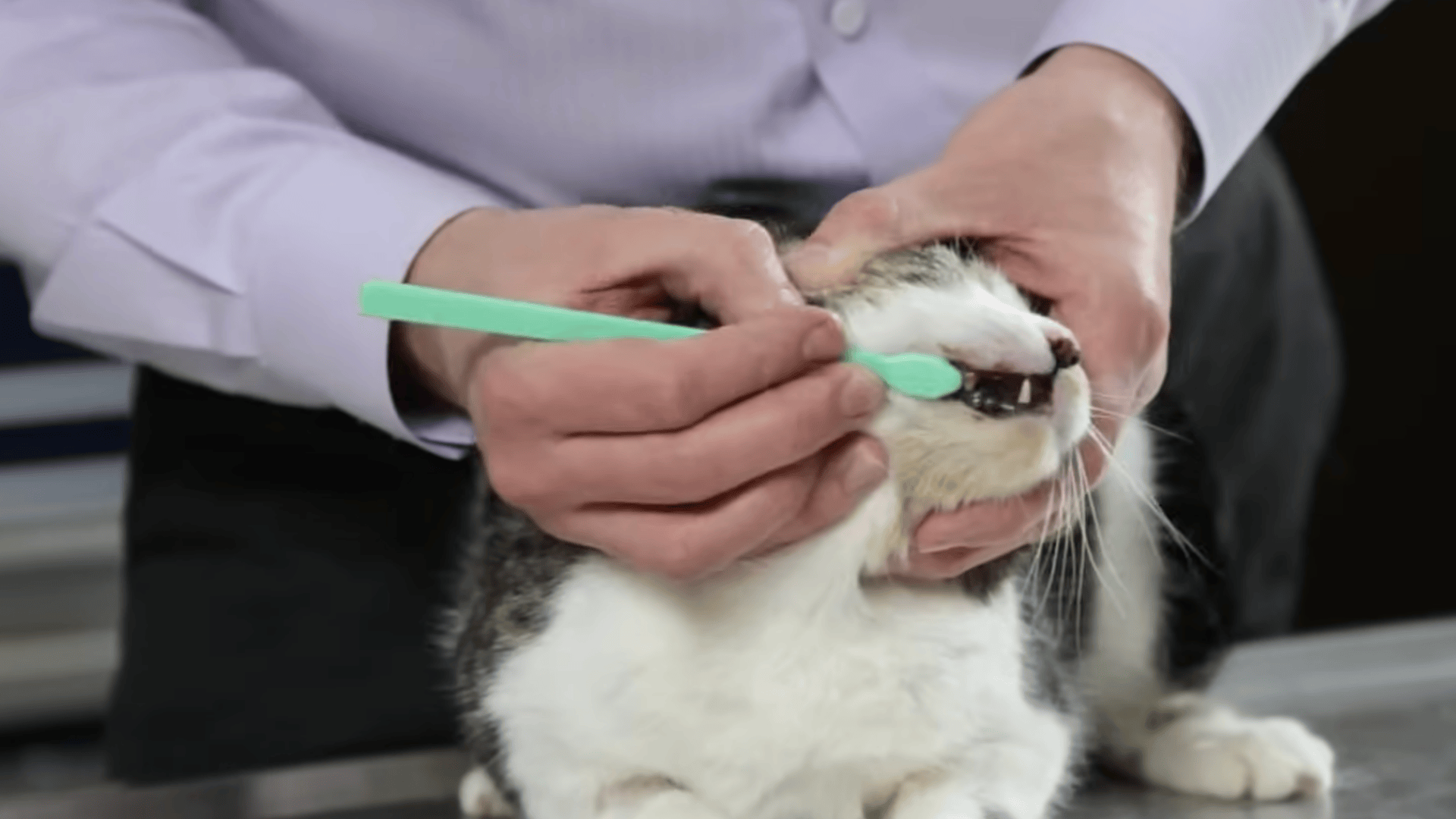
After your cat is comfortable with finger rubbing, introduce a small, soft cat toothbrush. Apply the cat-safe toothpaste to the brush and use the same gentle motions along the sides of the teeth. Go slowly and carefully, rewarding your cat with praise or treats.
Practice daily in short sessions to build tolerance. Over time, your cat will accept the toothbrush more readily, making the process smoother and more effective at reducing plaque and maintaining oral health.
Video Tutorial By: Healthcare for Pets
Tips for Making Toothbrushing Easier
Brushing your cat’s teeth can be challenging, especially if they are nervous or fidgety. Using the right approach makes it easier for both you and your cat. Here are some helpful tips:
- Handling a stubborn or anxious cat: Stay calm, use gentle restraint, and avoid forcing their mouth open. Short, slow sessions work best.
- Using treats and positive reinforcement: Reward your cat with treats, praise, or petting after each step to create a positive experience.
- Alternatives if brushing is too stressful: Consider dental wipes, finger brushes, or specialized dental diets to help maintain oral health.
With patience and consistency, you can make dental care a stress-free part of your cat’s routine.
Other Ways to Maintain Your Cat’s Dental Health
Brushing is the best way to keep your cat’s teeth clean, but there are other helpful options, too. Dental treats and toys can help remove plaque and keep their teeth strong while they play.
Special cat foods made for oral care can also reduce tartar buildup. Regular check-ups with your veterinarian are important, and professional dental cleanings may be needed to keep your cat’s mouth healthy.
Combining brushing, treats, special diets, and vet care helps prevent gum disease, tooth decay, and bad breath. Taking these steps keeps your cat happy, healthy, and pain-free.
Common Mistakes to Avoid When Brushing Your Cat’s Teeth
Brushing your cat’s teeth helps keep them healthy, but some common mistakes can make it less effective or even harmful. Avoiding these mistakes ensures your cat stays safe and comfortable.
- Using human toothpaste: Human toothpaste contains ingredients that can be toxic to cats. Always use cat-safe toothpaste.
- Brushing too aggressively: Brushing too hard can hurt your cat’s gums and teeth. Use gentle, slow motions instead.
- Infrequent or inconsistent brushing: Skipping brushing makes plaque and tartar build up, leading to dental problems over time.
Staying consistent and gentle keeps your cat’s mouth healthy and makes brushing a positive experience for both of you.
When to See a Veterinarian
Even with regular brushing, some dental problems need professional care. If your cat has bad breath, red or bleeding gums, loose teeth, or trouble eating, it’s time to visit a veterinarian.
Routine vet check-ups are important because the vet can catch issues early before they become serious.
During a professional dental cleaning, the vet will carefully clean your cat’s teeth, remove plaque and tartar, and check for infections or tooth damage.
This keeps your cat healthy and pain-free. Regular vet visits, combined with at-home care, help prevent serious dental problems and ensure your cat stays happy and comfortable.
Conclusion
Brushing your cat’s teeth may seem challenging at first, but with patience, consistency, and the right tools, it becomes a simple part of your pet care routine.
Daily or at least several times a week, gentle brushing helps remove plaque, prevent gum disease, and reduce the risk of painful dental issues.
Remember to use cat-safe toothpaste, introduce the toothbrush gradually, and reward your cat for cooperation to make the process stress-free.
In addition to brushing, supplements like dental treats, toys, and regular veterinary check-ups further support oral health.
By investing just a few minutes regularly in brushing your cat’s teeth, you can ensure your cat stays healthy, happy, and pain-free, avoiding costly procedures and improving their quality of life. Good dental care is a small effort with a big payoff.


